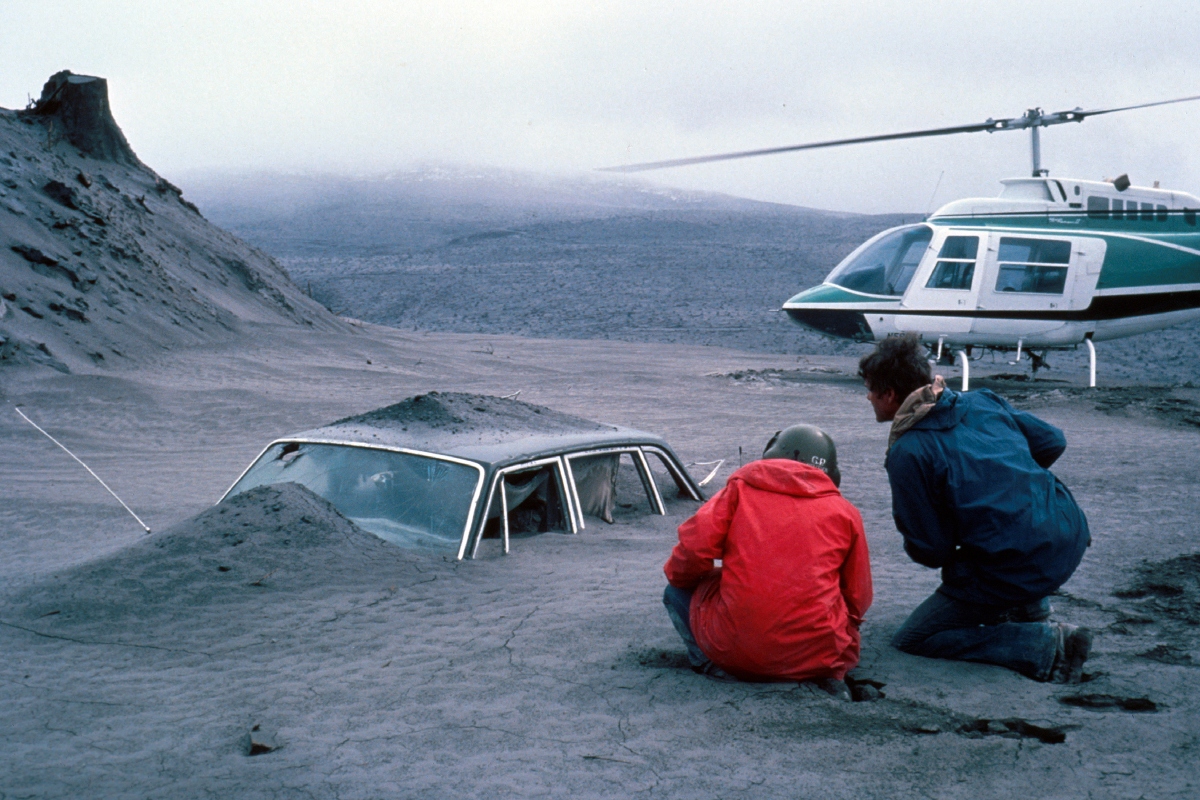On May 18th, 1980, Mount St. Helens, a stratovolcano located in Washington state, experienced a devastating eruption that left an indelible mark on the region.

The eruption was triggered by a combination of factors, including the buildup of magma beneath the volcano and the collapse of its north flank. The sudden release of pent-up pressure resulted in a lateral blast that unleashed an incredibly powerful force, with speeds exceeding 300 miles per hour (480 kilometers per hour). This lateral blast caused the top 1,300 feet (400 meters) of the mountain to disintegrate, creating a massive landslide that traveled downhill at high velocities.
Following the lateral blast, the eruption continued with the eruption column rising thousands of feet into the atmosphere. The volcanic ash and gases spewed into the sky, carried by prevailing winds, eventually blanketing large areas of Washington, Idaho, Montana, and other nearby states.

The ashfall caused widespread disruption, damaging infrastructure, impacting agriculture, and posing serious health risks to both humans and animals. The eruption also generated pyroclastic flows—fast-moving, superheated avalanches of volcanic gas, ash, and debris—that swept down the mountain's slopes, obliterating everything in their path.
